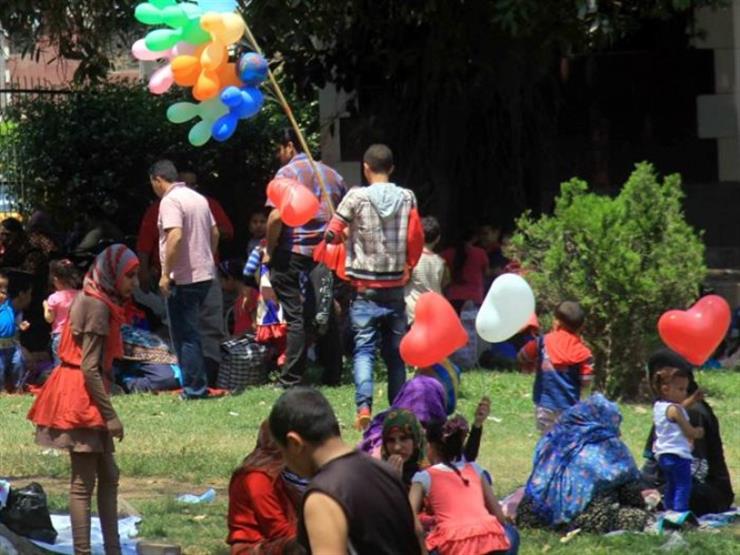Easter is a pleasant day for people of all ages to enjoy springtime, outdoor activities and certain authentic foods that aren’t available all year long. As well as colored eggs and the chocolate bunnies, Egyptians have their own special way of celebrating.
The Easter treat for Egyptians consists of salted fish and exotic vegetables. Feseekh or salted fish is national Easter meal. Preparation starts at least a month before when feseekh manufacturers store the fish in tins with big quantities of salt. The salt slowly cooks the fish and makes them ready for consumption.
The strong taste of the fish is considered a delicacy by many Egyptian families, but may be hazardous for people with high blood pressure as it contains huge amounts of salt. Smoked and salted herring is another dish for the celebrations. Unlike feseekh, herring are smoked not salted. Herring is a safer and healthier option for many. Fillet herrings are sold in air vacuumed packages and jars to guarantee hygiene.
Molouha is another common Easter dish. Again the over salted fish are consumed with vegetables to ease the sting of the salt. Egyptians pair these fish with onions, lettuce and malana (green chickpeas).
Colored eggs are also part of this heavy meal. Mothers often start the day by coloring eggs with their kids. Breakfast consists of eggs, feseekh, molouha and herring. Tea usually follows the meal to help digestion.
Increasingly, foreign habits have become part of the day's rituals, such as chocolate bunnies and special cakes decorated with colored eggs.
Due to the strong smell of the meal, many middle class families head to national parks or the zoo to enjoy the outdoors while eating.




